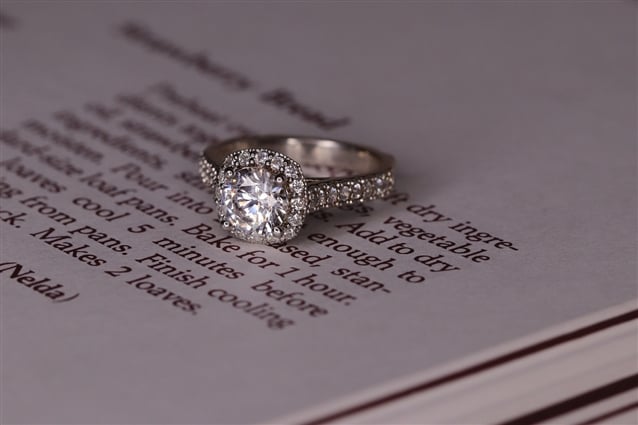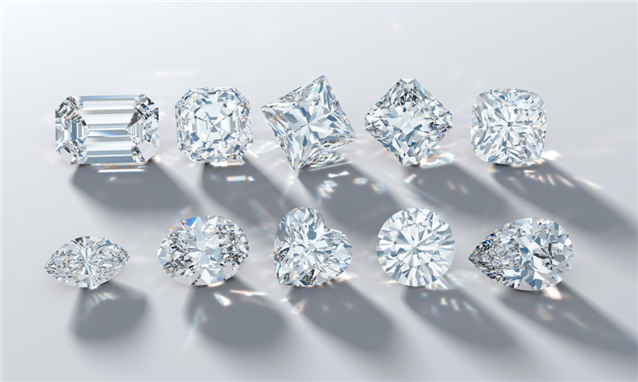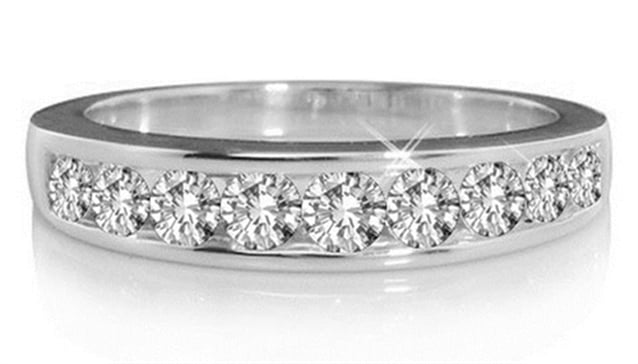HPHT & CVD Diamond growth processes explained
With more couples choosing to be more environmentally conscious, lab grown diamonds provide the perfect eco-friendly engagement ring.
Over the last few years, lab grown diamonds have become an increasingly popular alternative to naturally mined diamonds. With more couples choosing to be more environmentally conscious, lab grown diamonds provide the perfect eco-friendly engagement ring.
But what is a lab grown diamond? A lab grown diamond is still a real diamond, their chemical and physical properties are identical. This makes it very difficult to tell the difference between a natural diamond and a lab grown one. Even the experts have a hard time distinguishing the two!
One of the fundamental differences between natural and synthetic diamonds is that naturally occurring diamonds are formed deep within the Earth’s crust. The intense pressure and heat causes carbon atoms to crystallise, thus forming diamonds. Lab grown diamonds on the other hand are manufactured using two scientific processes, HPHT and CVD.
The first ever synthetic diamond was produced in the 1950s, far too small to be used in jewellery, these lab diamonds were extremely useful for industrial applications.
Technology has since moved on, and by the mid-90’s, mass production of gem-quality synthetic diamonds was in full swing.
High Pressure High Temperature Diamond Process
This first process uses high pressure and high temperature (HPHT) to replicate nature’s process of diamond formation. The first step of the HPHT diamond process is to place a small ‘diamond seed’ into pure carbon.
The ‘diamond seed’ then goes through three manufacturing processes, the belt press, cubic press and split-sphere press. These three processes generate extreme heat and pressure, causing the carbon to melt and form around the seed - thus creating a diamond. This rough diamond is then polished up, making it perfect to fit into an engagement ring.
The HPHT method can also be used on diamonds you already have. The HPHT treatment process can be used on natural diamonds of a certain clarity to enhance their colour permanently.
If you’re buying a HPHT grown diamond, then you will find they are relatively more affordable than naturally occurring diamonds, this is because the supply chain of a lab grown diamond is much shorter than a natural diamond supply chain. Whichever you decide to choose, HPHT diamonds are just as beautiful and strong as natural diamonds.
Chemical Vapour Deposition Diamond Process
Another man made diamond process is chemical vapour deposition (CVD). The CVD process was first introduced in the 1980s, as an alternative to the HPHT process. The CVD diamond process is more suited to gem-quality diamond production.
The CVD diamond process also begins with a diamond seed. This diamond seed is then placed into a growth chamber filled with hydrogen and carbon-containing glass.
The chamber is then heated to extreme temperatures, whilst a microwave beam causes carbon to stick to the diamond seed. The diamond is then regularly removed from the chamber, polished up and placed back in to grow further. To grow a diamond this way, it takes around three to four weeks, making it less labour intensive and less expensive than it’s HPHT counterpart.
Lab-grown Diamonds vs. Natural Diamonds
No matter which process your synthetic diamond was created in, they will still sparkle as brightly as natural diamonds. They are also more eco-friendly than natural diamonds, making them a more environmentally friendly and cost effective option.
Although, chemically and physically the same, there are still certain characteristics that differentiate the two. So if you’re still weighing up the pros and cons, check out our post about the benefits of a lab grown diamond vs natural diamond.
If you’re thinking of going green, browse our collection of lab grown engagement rings, you will be sure to find the perfect piece to suit your budget and style.




 Twitter
Twitter
 How long does it take for Diamonds to form?
How long does it take for Diamonds to form? Spotlight on… Eternity Rings
Spotlight on… Eternity Rings How to Get the Best Christmas Diamond Jewellery Deal
How to Get the Best Christmas Diamond Jewellery Deal 